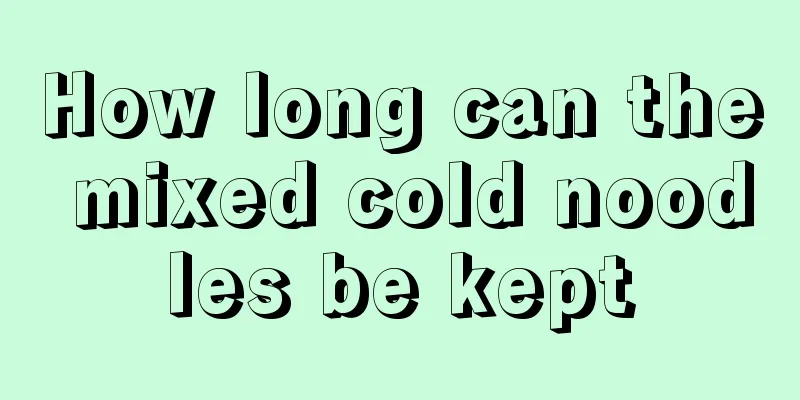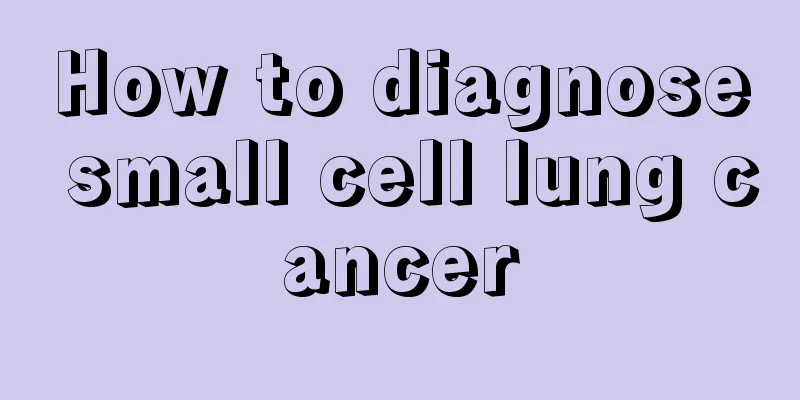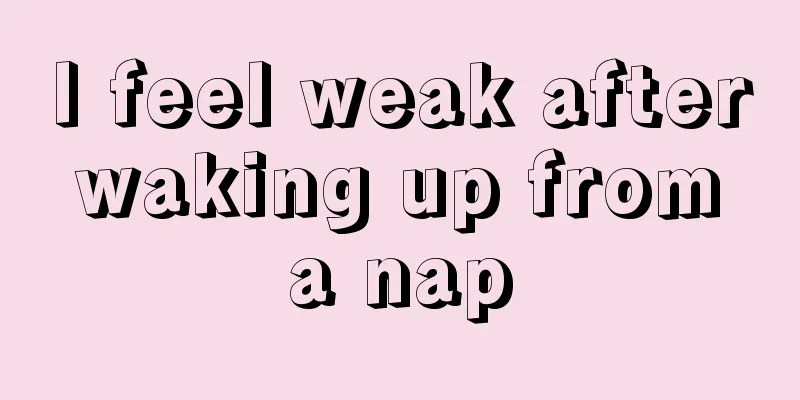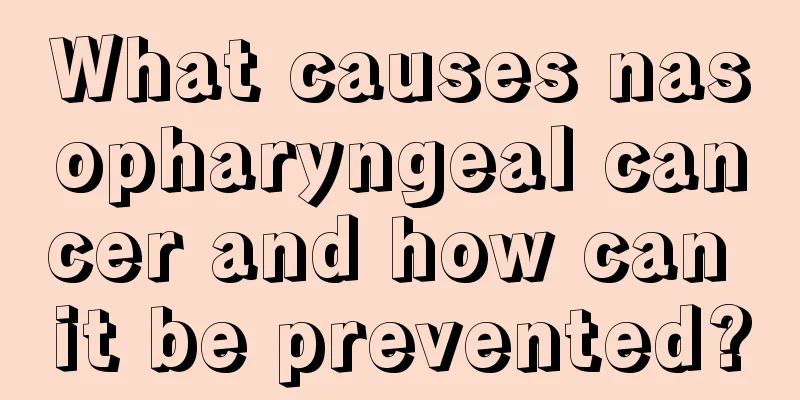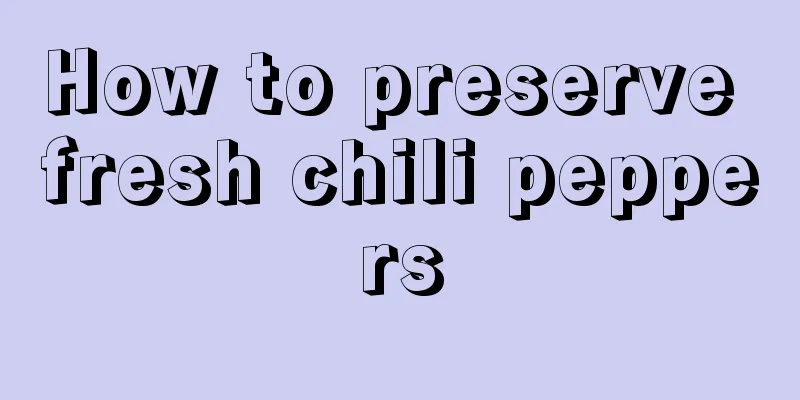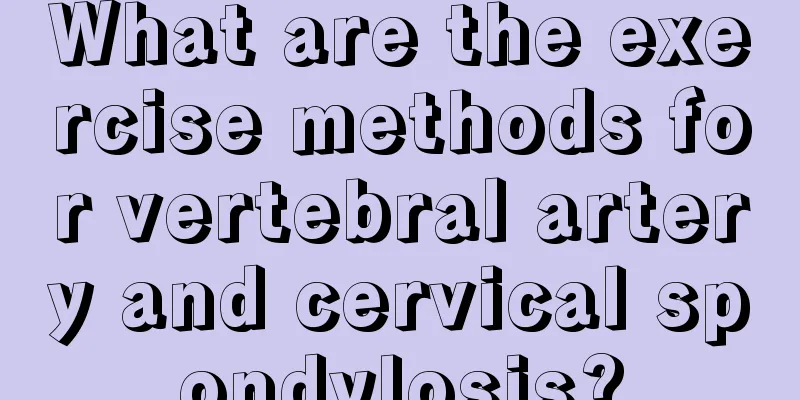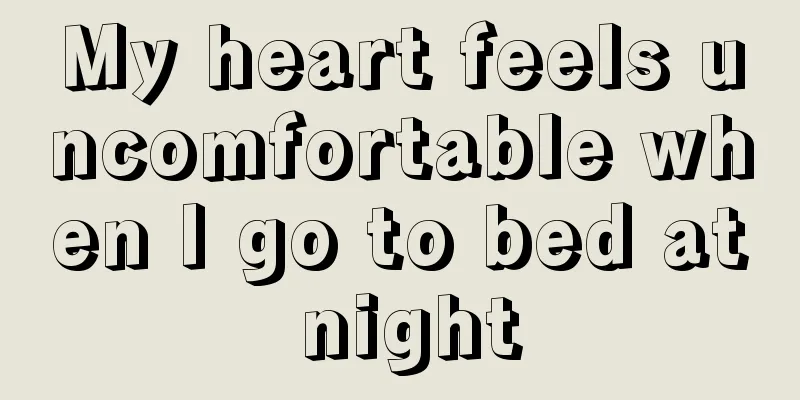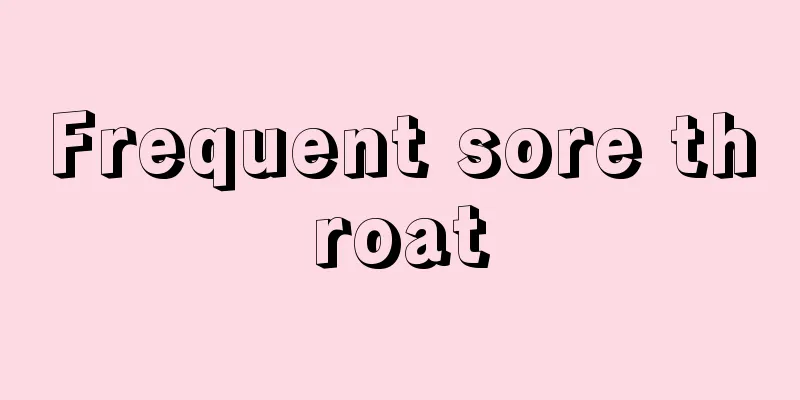Who is not suitable for traction for lumbar disc herniation
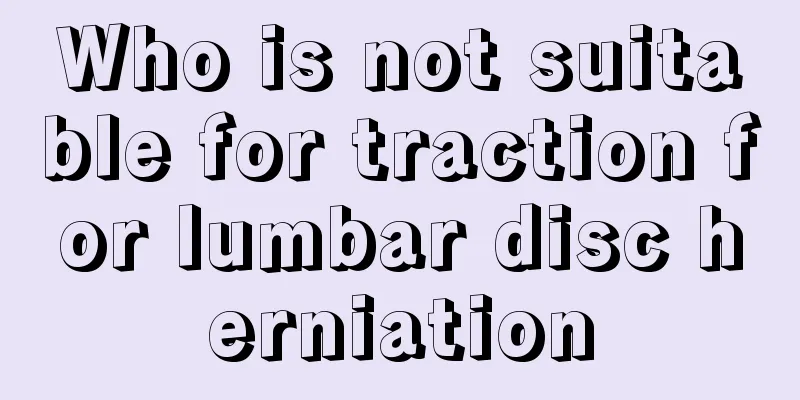
|
Most patients with lumbar disc herniation will be advised to undergo traction treatment when visiting the hospital. However, some patients are also told by doctors that they must not undergo traction treatment for lumbar disc herniation. This makes patients very confused. Who exactly should not undergo traction treatment for lumbar disc herniation? In fact, there are 5 types of people who should not do these things in daily life, and patients with lumbar disc herniation must know these things. 1. Patients with lumbar disc herniation and obvious systemic failure. Such as patients with cardiovascular system, respiratory system diseases, and poor heart function. 2. Patients with lumbar disc herniation who are older and have obvious osteoporosis. 3. Patients who have low back pain or sciatica symptoms, but the cause is tuberculosis or tumor, and have destructive changes in the lumbar spine. 4. Patients who are still in the acute phase after lumbar trauma. 5. Although traction treatment can be performed after a clear diagnosis, the symptoms are aggravated or the pain is severe due to traction. Principle of traction treatment for lumbar disc herniation: Traction therapy mainly utilizes the principle of action and reaction in mechanics. By pulling in opposite directions toward the head and tail sides of the human body, the intervertebral spaces of the lumbar vertebrae are opened, the internal pressure of the damaged intervertebral disc is reduced, and the bulging and protrusion are promoted to retract, and the protruded nucleus pulposus is returned to its original state, thus creating conditions for the repair and healing of the annulus fibrosus and the restoration of the internal and external balance of the spine, thus solving the lumbar problem from the root. Clinical effect of traction treatment on lumbar disc herniation symptoms: 1. Lumbar traction can reduce the protruding disc: traction increases the lumbar intervertebral space, creates negative pressure inside the disc, and tightens the posterior longitudinal ligament, which is beneficial to the reduction of the protruding nucleus pulposus and can relieve or eliminate the pressure and stimulation on the nerve roots. 2. Lumbar traction can distract the contracted ligaments, joint capsules and narrow intervertebral foramina on both sides, and also reduce the pressure and stimulation of these structures on the neural structures. 3. Lumbar traction can reduce neural edema: Traction allows the lumbar spine to get sufficient rest, reduces movement stimulation, helps reduce intraspinal pressure, and reduces neural edema. 4. Lumbar traction can relax the waist and back muscles: traction can gradually relax the waist and back muscles and relieve muscle spasms. |
<<: It turns out that there are four types of self-treatment for lumbar disc herniation
>>: It turns out that there are 9 symptoms of stomach problems
Recommend
What is the best way to take care of your eyes?
The eyes are the windows to the soul, but in rece...
What should I eat to treat kidney deficiency and low back pain?
The occurrence of kidney deficiency often causes ...
Clinical symptoms of pancreatic cancer
The clinical symptoms of pancreatic cancer mainly...
What is the difference between furuncle and folliculitis
Furuncles and folliculitis are two diseases with ...
How to remove odor in the car, 10 tips to know in advance
A new car you buy will have some peculiar smells,...
What are the dangers of malignant melanoma
Melanoma, everyone has some on their body. Melani...
What are the symptoms of zinc deficiency in corn?
Corn is a common grain crop. It is rich in vitami...
How terrible is glioma?
Glioma is a potentially dangerous central nervous...
What are the early symptoms of liver cancer? Here are six points
The onset of liver cancer is relatively hidden. T...
What to do if a fracture is infected after surgery
We all know that fractures are common. The incide...
What to do with chapped lips in autumn? Four tips to solve it for you
The weather is very dry in autumn. If many people...
How to care during the acute phase of cerebral infarction?
During the acute phase of cerebral infarction, pa...
What should high school students do if they have acne on their faces
There is an old saying that goes, "A clean f...
What are the dangers of excessive exercise
Exercise can indeed improve our body's resist...
The difference between pelvic floor muscle and pelvic recovery
Many people do not pay much attention to pelvic r...
